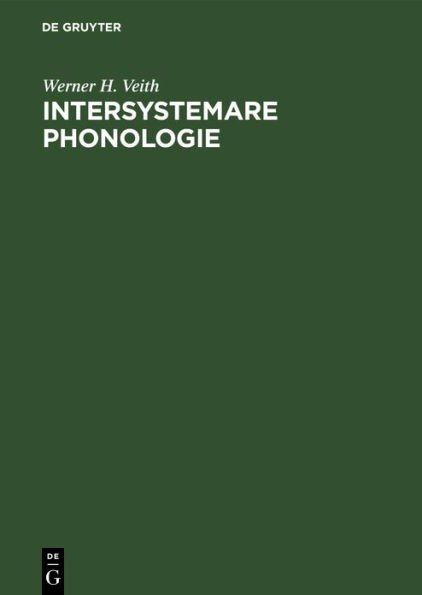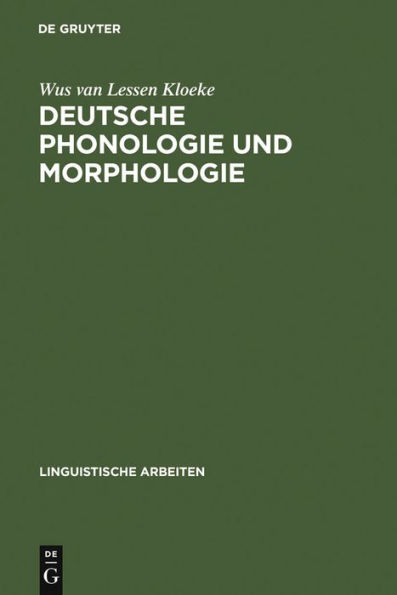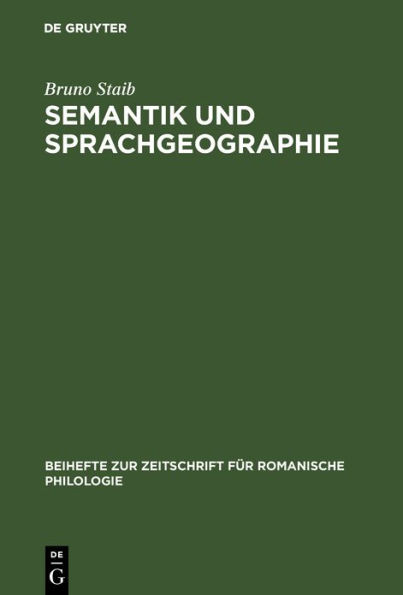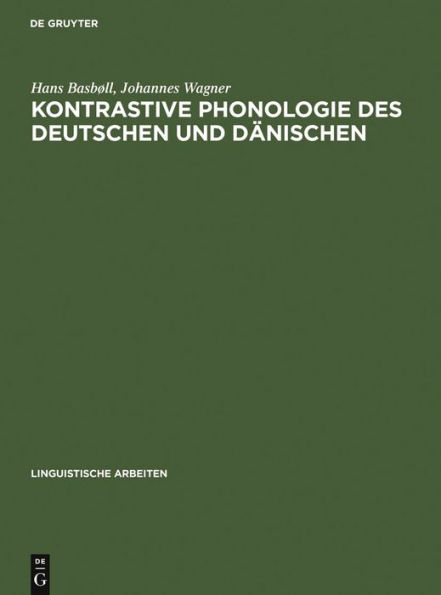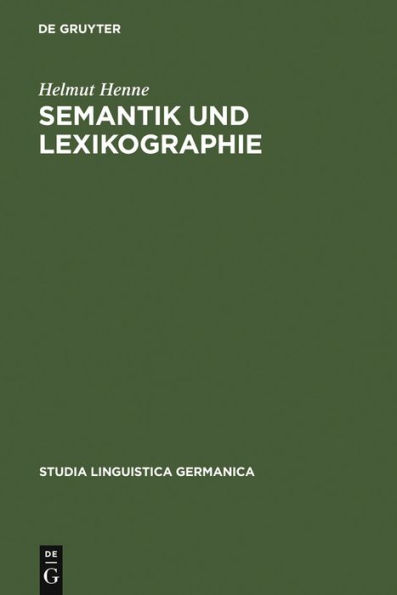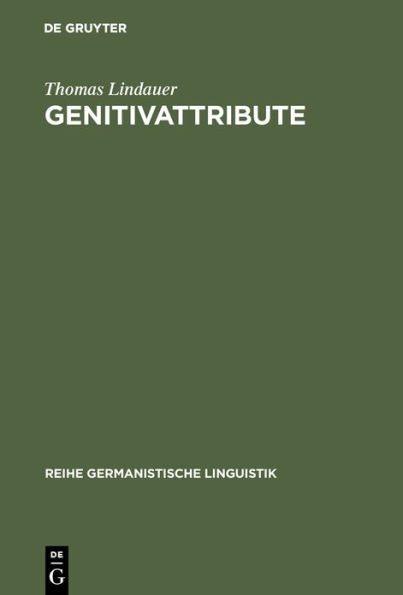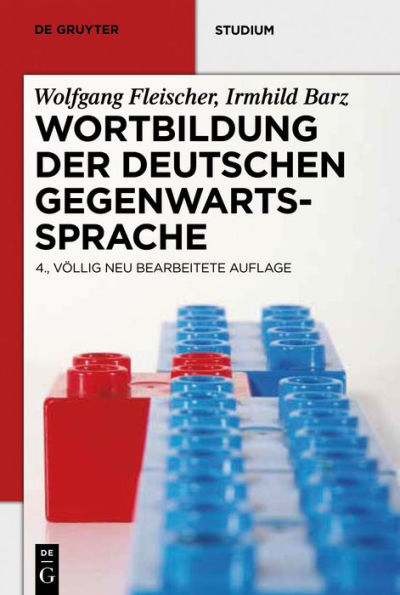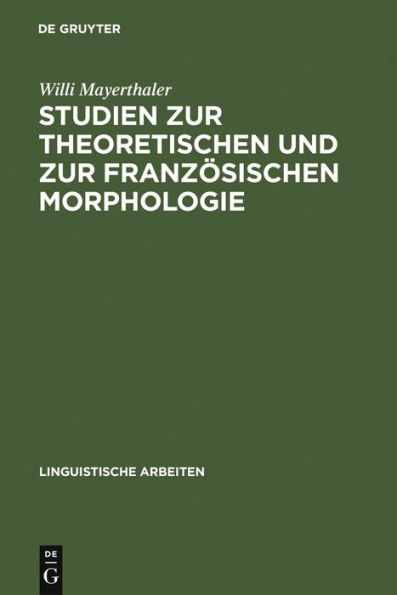Home
Amphikinese und Amphigenese: Morphologische und phonologische Untersuchungen zur Genese amphikinetischer Sekundarbildungen und zur internen Derivation im Indogermanischen
Loading Inventory...
Barnes and Noble
Amphikinese und Amphigenese: Morphologische und phonologische Untersuchungen zur Genese amphikinetischer Sekundarbildungen und zur internen Derivation im Indogermanischen
Current price: $132.00


Barnes and Noble
Amphikinese und Amphigenese: Morphologische und phonologische Untersuchungen zur Genese amphikinetischer Sekundarbildungen und zur internen Derivation im Indogermanischen
Current price: $132.00
Loading Inventory...
Size: OS
*Product Information may vary - to confirm product availability, pricing, and additional information please contact Barnes and Noble
English summary: The present investigation from the field of comparative Indo-European linguistics contributes to the research of nominal morphology of the Indo-European protolanguage. Problems involved in this work are central topics of Indo-European linguistics such as (shift of) accent, ablaut, the question of ablaut caused by (shift of) accent, hierarchy of inflectional classes, internal derivation, collectivity, composition, etc. In the center of the study is the so-called amphikinetic accent and ablaut class of athematic nouns (substantives and adjectives) in ancient Indo-European languages and in the Indo-European protolanguage (Proto-Indo-European). Simply put, amphikinetic stems are trisyllabic nouns consisting of root, suffix, and case ending that are accentuated on the first syllable in nominative and accusative, but on the third syllable in the other cases, a phenomenon that deviates from the accent pattern of the remaining inflectional types and the origin of which is hitherto disputed. Well-known examples for the accent and ablaut pattern of such amphikinetic nouns are, for instance, the Proto-Indo-European word for '(goddess of) dawn' (*h2eus-os, Genitiv *h2us-s-es) and for 'earth' (*dhegh-om, Genitiv *dhgh-m-es). The focus of the book lies particularly on secondary amphikinetic formations-that is, on amphikinetics being derived from other nominal stems by means of non-suffixing derivation (so-called "internal derivation"). In this context, it is investigated which factors in each case lead to the development of the typical amphikinetic ablaut pattern. Included in this investigation are amphikinetic compounds as well as simple nouns. Among amphikinetic compounds and non-collective simple nouns, the accent emerges as a constituting feature of amphikinesis because a part of amphikinetic compounds and simple nouns resulted from a shift of accent accompanying the process of composition and internal derivation, respectively. As a result, the present investigation confirms the widely held view that ablaut (that is, vowel gradation) in Proto-Indo-European was-at least partly-a phenomenon caused by the (shift of) accent. Moreover, the book contributes to the exploration of internal derivation and sheds new light on the hierarchy and interplay of the accent and ablaut classes of athematic nouns in Proto-Indo-European. This is accomplished by showing that the amphikinetic class was not always separated from the other three inflectional classes. Finally, a chapter of the book is dedicated to the study of amphikinetic collective formations. Also in this context new insights are gained into the derivational behavior of the amphikinetic class and its relationship to the other inflectional classes. German description: Die vorliegende Untersuchung aus dem Bereich der indoGermanischen Sprachwissenschaft tragt zur Erforschung der nominalen Morphologie der indoGermanischen Grundsprache bei. Der Problemkreis der Arbeit betrifft zentrale Themen der IndoGermanistik, namlich Akzent(wechsel) und Ablaut - sowie die Frage nach akzentgebundenem Ablaut -, Flexionsklassenhierarchie, interne Derivation, Kollektivitat, Komposition und anderes mehr. Im Zentrum der Studie steht dabei die sogenannte amphikinetische Akzent- und Ablautklasse athematischer Nomina (Substantive und Adjektive) in den altindoGermanischen Sprachen und der indoGermanischen Grundsprache (dem UrindoGermanischen). Hierbei handelt es sich, vereinfacht gesagt, um dreisilbige Substantive, bestehend aus Wurzel, Suffix und Kasusendung, die im Nominativ und Akkusativ auf der ersten Silbe betont sind, in den ubrigen Kasus aber auf der dritten - ein Phanomen, das vom Akzentmuster der ubrigen Flexionstypen abweicht und dessen Entstehung bisher umstritten ist. Bekannte Beispiele fur das Akzent- und Ablautmuster solcher amphikinetischer Nomina sind etwa das urindoGermanische Wort fur '(Gottin der) Morgenrote' (*h2eus-os, Genitiv *h2us-s-es) und dasjenige fur 'Erde' (*dhegh-om, Genitiv *dhgh-m-es). Im Fokus des Buches stehen insbesondere amphikinetische Sekundarbildungen, d.h. solche Amphikinetika, die durch nicht-suffigierende Ableitung (sogenannte "interne Derivation") von anderen Nominalstammen entstanden sind. Dabei wird erforscht, welche Faktoren jeweils zur Entstehung der typischen amphikinetischen Ablautstruktur geführt haben. Untersucht werden sowohl amphikinetische Komposita als auch unkomponierte amphikinetische Substantive. Im Bereich der Komposita und der nicht-kollektiven Simplicia kristallisiert sich im Laufe der Untersuchung der Akzent als ein konstituierendes Merkmal der Amphikinese heraus. Sowohl ein Teil der amphikinetischen Komposita als auch ein Teil unkomponierter amphikinetischer Sekundarstamme entstand namlich durch eine beim Prozess der Komposition bzw. der internen Derivation auftretende Akzentverschiebung. Die Untersuchung bestatigt damit auch die weitverbreitete Ansicht, dass Ablaut (sprich: Vokalwechsel) im UrindoGermanischen (wenigstens zum Teil) ein akzentinduziertes Phanomen war. Ausserdem tragt die Arbeit auch zur Erforschung der internen Derivation bei und wirft ein neues Licht auf die Hierarchie und das Zusammenspiel der verschiedenen Akzent- und Ablautklassen athematischer Nomina des IndoGermanischen, indem gezeigt wird, dass die amphikinetische Klasse nicht grundsatzlich von den ubrigen drei Klassen separiert war. Ein eigenes Kapitel der Arbeit widmet sich schliesslich der Untersuchung amphikinetischer Kollektivbildungen. Auch hier werden hinsichtlich des Derivationsverhaltens und der Beziehung der amphikinetischen Klasse zu den anderen drei Flexionsklassen neue Erkenntnisse gewonnen.

